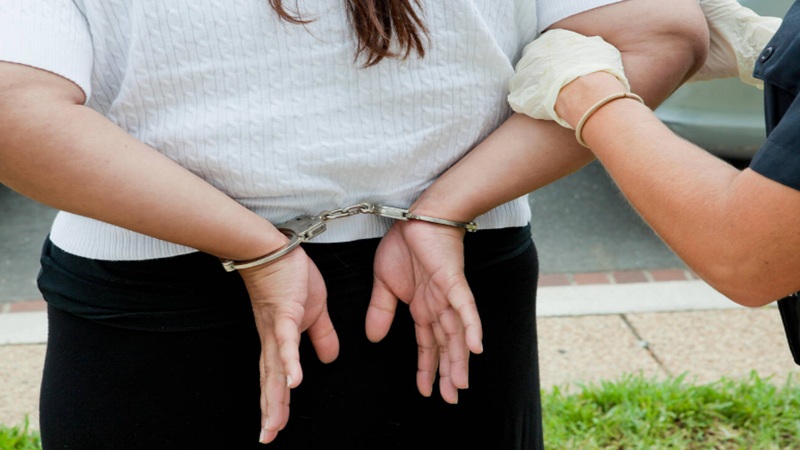
It was the 90s and America was fed up with crime. The crack epidemic, predictions about juvenile delinquency, and panic about gangs kept crime in the headlines. Bill Clinton’s presidential campaign in 1992 against incumbent George Bush was centered on the economy but also touted addressing crime as a central issue. Bush gave little attention to the nation’s fear of crime in his campaign and Clinton prevailed.
Clinton promoted the concept of community policing, leveraging the “broken windows” crime theory of criminologists James Q. Wilson and George Kelling made popular in a 1982 article in The Atlantic. The community policing style of law enforcement refers to increased collaboration between the police establishment and others in the community. Midnight basketball became a metaphor for positive involvement with youth. Disorder in public parks might be addressed by better lighting, curfews, alternative activities, and using volunteers to staff cleanup efforts, rather than just sending police officers to make arrests.
Taking enforcement action over relatively minor community disorder issues was the heart of the broken windows theory. The metaphor of the broken window illustrated a lack of community care that leads to others disregarding care and courtesy in a neighborhood. If we made sure the window got fixed, that prohibited public alcohol use was addressed, and that loitering and jumping turnstiles at admission points resulted in an enforcement action, those who thought nobody cares and anything goes would start behaving because people would care enough to intervene.
The Violent Crime Control and Law Enforcement Act of 1994, known now as the 1994 crime bill or the Clinton crime bill, pushed 16 billion dollars into the criminal justice system. A hallmark of the bill was funding for 100,000 new police officers to be hired to engage in community policing – a term not everyone liked and not everyone agreed on what it even meant. More money went for prison construction than policing. The effort was followed by dramatic reductions in crime, particularly murder.
New York City’s efforts to crack down on “quality of life” offenses like obstructing traffic for begging, avoiding subway fares by jumping the gates, and littering were heralded as a great success in the era of responding to “broken windows”. Their use of computer models and monitoring of hotspots with subsequent adding of resources to respond to crime trends became a model for large agencies.
In order to build resumes and satisfy federal grant requirements all manner of police activities became labeled community policing. Cops playing basketball, calling neighborhood meetings, establishing watch groups, handing out baseball cards, doing foot patrol, and pledging to spend more time chatting up folks all counted toward the tally of community policing activities. All of this was designed to bridge the gap between the community and the police officers who serve there.
Yet, here we are twenty years later in one of the most anti-law enforcement atmospheres in our history. The wildly successful 1994 bill is now criticized for contributing to mass incarceration and disparate treatment of minorities. Police are being asked to stop enforcing the law instead of assertively addressing it. Instead of avoiding broken windows, they are being asked to stand down while they are being broken. Police officers who stop to check on someone’s well-being are risking their careers. A broken tail light or expired license plate must be ignored. A person causing a disturbance gets a social worker instead of a police officer.
Perhaps the old adage “familiarity breeds contempt” is at play here. Maybe citizens want their police officers to do police work and not be playing stickball with the kids. Perhaps the police don’t have to go to lots of meetings and spend their time investigating crimes. Maybe what the politicians called community policing and attached millions of dollars to is just policing, and the community part is a natural byproduct of being confident that law enforcement is best connected to the community when police are allowed to do what they do best. It’s called police work.






